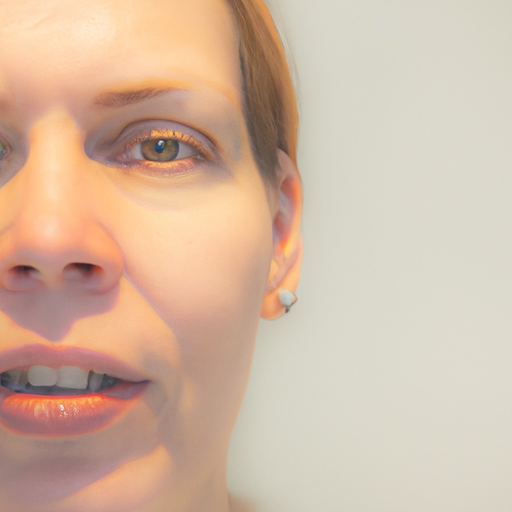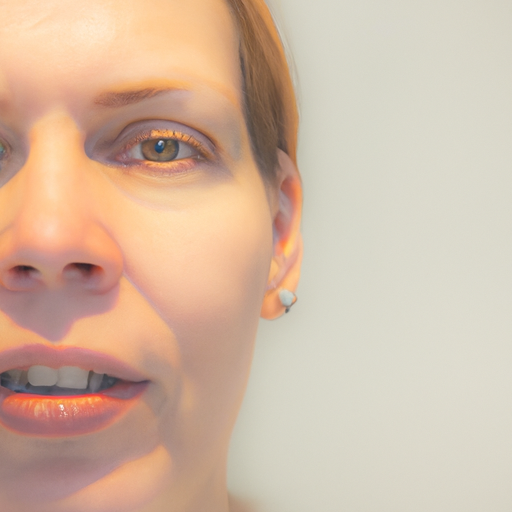As a medical professional, I have encountered a myriad of skin conditions throughout my career. One such condition that has piqued my interest is hyperpigmentation. Hyperpigmentation is a common skin condition that causes patches of skin to darken in color compared to the surrounding skin. This article aims to unmask the mysteries surrounding hyperpigmentation, delving deep into its symptoms and causes.
Hyperpigmentation is the result of an overproduction of melanin, the pigment responsible for skin and hair color. It can affect people of all skin types and ages, manifesting as darkened patches or spots on the skin that are often harmless but can be cosmetically distressing for some individuals.
The symptoms of hyperpigmentation are relatively straightforward. The most noticeable symptom is the appearance of darkened patches or spots on the skin. These patches can vary in size and can appear anywhere on the body. They are usually harmless but can sometimes indicate an underlying medical condition. It’s important to note that while hyperpigmentation itself does not cause discomfort or pain, the underlying cause might.
The causes of hyperpigmentation are diverse and multifaceted. One common cause is sun exposure. The sun’s ultraviolet (UV) rays stimulate melanin production, leading to tanning that can sometimes result in hyperpigmentation. This type of hyperpigmentation, often referred to as sunspots or age spots, typically appears on areas of the body frequently exposed to the sun, such as the face, hands, and arms.
Another common cause is hormonal changes, particularly in women. Conditions such as pregnancy or polycystic ovary syndrome (PCOS) can lead to an increase in melanin production, resulting in a specific type of hyperpigmentation known as melasma. Melasma often appears as brown or gray-brown patches on the face.
Injury or inflammation to the skin can also lead to hyperpigmentation. This is known as post-inflammatory hyperpigmentation (PIH) and can occur after acne, eczema, or other skin injuries. The inflammation stimulates melanin production, leading to darkened patches of skin once the inflammation subsides.
Certain medications can also cause hyperpigmentation. These include certain antibiotics, antimalarial drugs, and chemotherapy drugs. In these cases, hyperpigmentation usually disappears once the medication is discontinued.
Lastly, certain medical conditions can cause hyperpigmentation. These include Addison’s disease, hemochromatosis, and certain autoimmune and gastrointestinal diseases. In these cases, hyperpigmentation is usually accompanied by other symptoms.
In conclusion, hyperpigmentation is a complex condition with a multitude of causes. It is essential to understand that while it is usually harmless, it can sometimes indicate an underlying medical condition. If you notice any changes in your skin color or have concerns about hyperpigmentation, I strongly recommend consulting a dermatologist or healthcare provider. They can help identify the cause and suggest appropriate treatments to manage the condition. Remember, every skin is unique, and understanding your skin is the first step towards maintaining its health.




